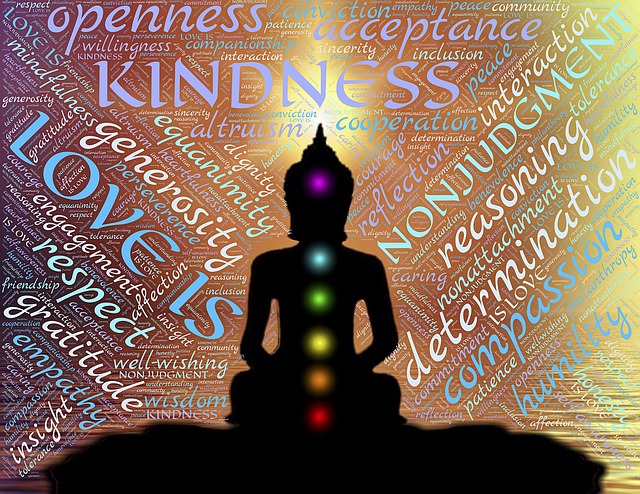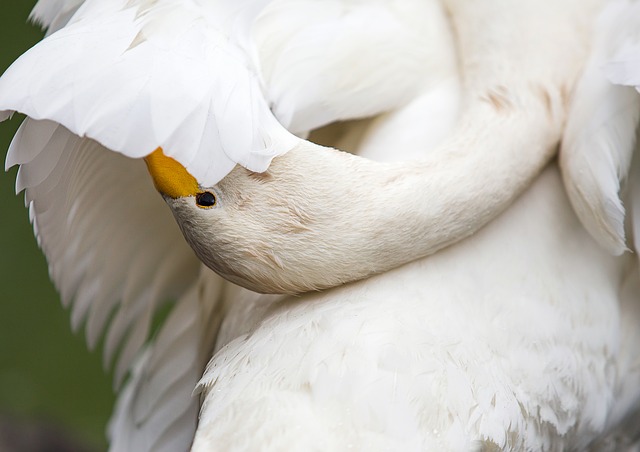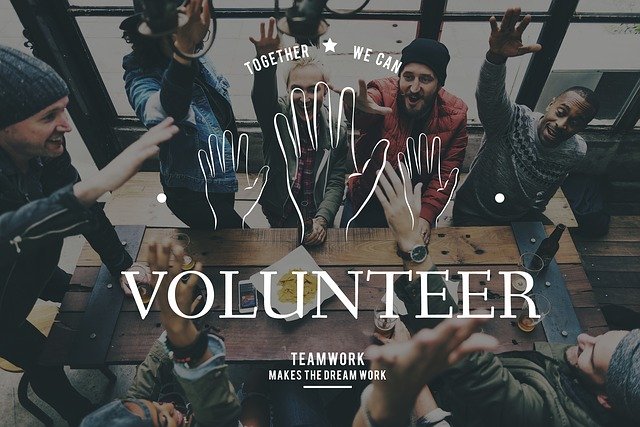In a previous post I discussed how mindfulness can be an effective antidote to narcissism, both in curbing our own narcissistic tendencies and managing the aftermath of a relationship with a narcissistic boss or intimate partner. I also highlighted the work of Rick Hanson who promotes healthy confidence to achieve an effective balance between needing to be seen as superior and developing a grounded but strong sense of self. Rick pursues this dilemma in his podcast titled, Confidence or Narcissism? One of our challenges in developing healthy confidence is to find effective role models – many of our leaders in government, business and sport have failed to resolve this dilemma in their public lives.
Superior conceit displayed by sports stars – defective
role models
In the earlier blog post, I shared Bonnie Duran’s perspective
on narcissism where she relates it to the Buddhist concept of superior conceit
– the need to be “better than” or “superior to”. Bonnie explains superior conceit in one of her
podcast talks titled, Conceit
and Latent Torments.
There are many instances of elite sportsmen and sportswomen
displaying superior conceit and related narcissistic
behaviour. For example, narcissistic behaviours
have been exhibited by international tennis stars who:
- Abuse chair umpires and line umpires
- Throw their racquets in disgust or anger and/or
throw tantrums on the tennis court if things don’t go their way
- Demonstrate a total lack of empathy or concern
for the feelings of others
- Boast about how much they have earned from
tennis and their total asset worth (as if their financial resources are a
measure of their personal worth)
- Show a lack of respect for their opponents
and/or tennis fans
- Seek to win at any cost, even if this means
cheating or bullying others.
Ash Barty – an effective role model for healthy confidence
Ash Barty has achieved
more in one year (2019) than most tennis players (male or female) achieve in a
lifetime. She reached World Number 1
ranking in June 2019 (and held it at the end of the year) and won the French
Open, the Birmingham Classic, the Miami Open, and the WTA Women’s Finals –
Shenzhen (after being runner-up at the China Open). Ash was the winner of a tour-topping 52 matches.
On top of these achievements, she has been awarded (in 2019) the Don Award (by Sport Australia Hall of Fame), the Women’s Health Sportswoman of the Year, and the ITP Fed Cup Heart Award (for outstanding courage and distinctive representation & commitment). The individual Don Award is for an Australian athlete “who, by their achievements and example over the last 12 months, are considered to have the capacity to most inspire the nation”. These awards recognise that in so many ways Ash is a role model, not only for sportspeople but all of us who aspire to achieve “healthy confidence” and its attendant rewards. Her status as a role model for other Indigenous women had been recognised in 2018 when she was named Australia’s first National Indigenous Tennis Ambassador.
Ash demonstrates healthy confidence through the following
traits:
- Resilience
in the face of adversity and setbacks
- Recognition of the need to take time out to
achieve a better balance in her life and master self-management (she spent 18
months playing state-level cricket)
- Respect for tennis opponents, officials and
fans (a trait that is widely acknowledged and appreciated)
- Empathy and compassion for others
- Authenticity and humility
- Amazing capacity to focus and sustain her
concentration
- Valuing and publicly recognising her support
team.
Ash readily acknowledges the profound contribution of her
mentor and mindset coach, Ben Crowe, in shaping
her outstanding success. Ben observed
that, in addition to the abovementioned traits, Ash demonstrates the following
characteristics:
- Acknowledges that there is strength in vulnerability, rather than needing to claim or pursue perfection
- Recognises that she can “write her own story”, not accept habituated, negative self-stories
- Has the ability to let go of the things she cannot control while maintaining focus on what is under her control
- Does not let tennis define who she is, but pursues her true self and values depth of character
- Is prepared to put in the hard work to achieve continuous self-improvement and excellence.
His insightful and revealing explanation of the underlying
philosophy that he has been able to impart to Ash explains why she is an
exemplar of healthy confidence.
One of the problems for us in trying to develop our own healthy
confidence is that bad behaviour has dominated the attention of mainstream
media, whereas Ash’s exemplary behaviour has been buried under the controversy
associated with narcissistic behaviour displayed by some international tennis
players. Kate O’Halloran, writing for
the ABC, expressed the hope that Ash’s French Open win will turn the spotlight
more on “an exemplary
sportswoman whose respected demeanour and success” has failed to attract the
media attention that it deserves.
Reflection
There are some very profound lessons for us in the philosophy and behaviour of Ash Barty and some ideas about how we might develop our own healthy confidence. However, we should be careful of joining the chorus to criticise the narcissistic behaviour of individual international sports stars while indulging in narcissistic tendencies ourselves.
We can ask ourselves when the last time was that we made a point of highlighting our qualifications or the nature and breadth of our experience when meeting someone for the first time? When did we attempt to outdo someone else’s story (about the drama we experienced, the places we have seen or the achievements we have realised)? How often do we interrupt others’ conversations to focus attention on ourselves? When have we thought that our car/house/dress attire is better than that of someone else’s? Do we ever measure our personal worth in terms of the assets we have or the importance of our job? As we grow in mindfulness, we can become progressively more aware of our own narcissistic tendencies and begin to develop a healthy confidence and deep sense of our real self.
____________________________________________
Image by Alexas_Fotos from Pixabay
By Ron Passfield – Copyright (Creative Commons license,
Attribution–Non Commercial–No Derivatives)
Disclosure: If you purchase a product through this site, I may earn a commission which will help to pay for the site, the associated Meetup group and the resources to support the blog.









